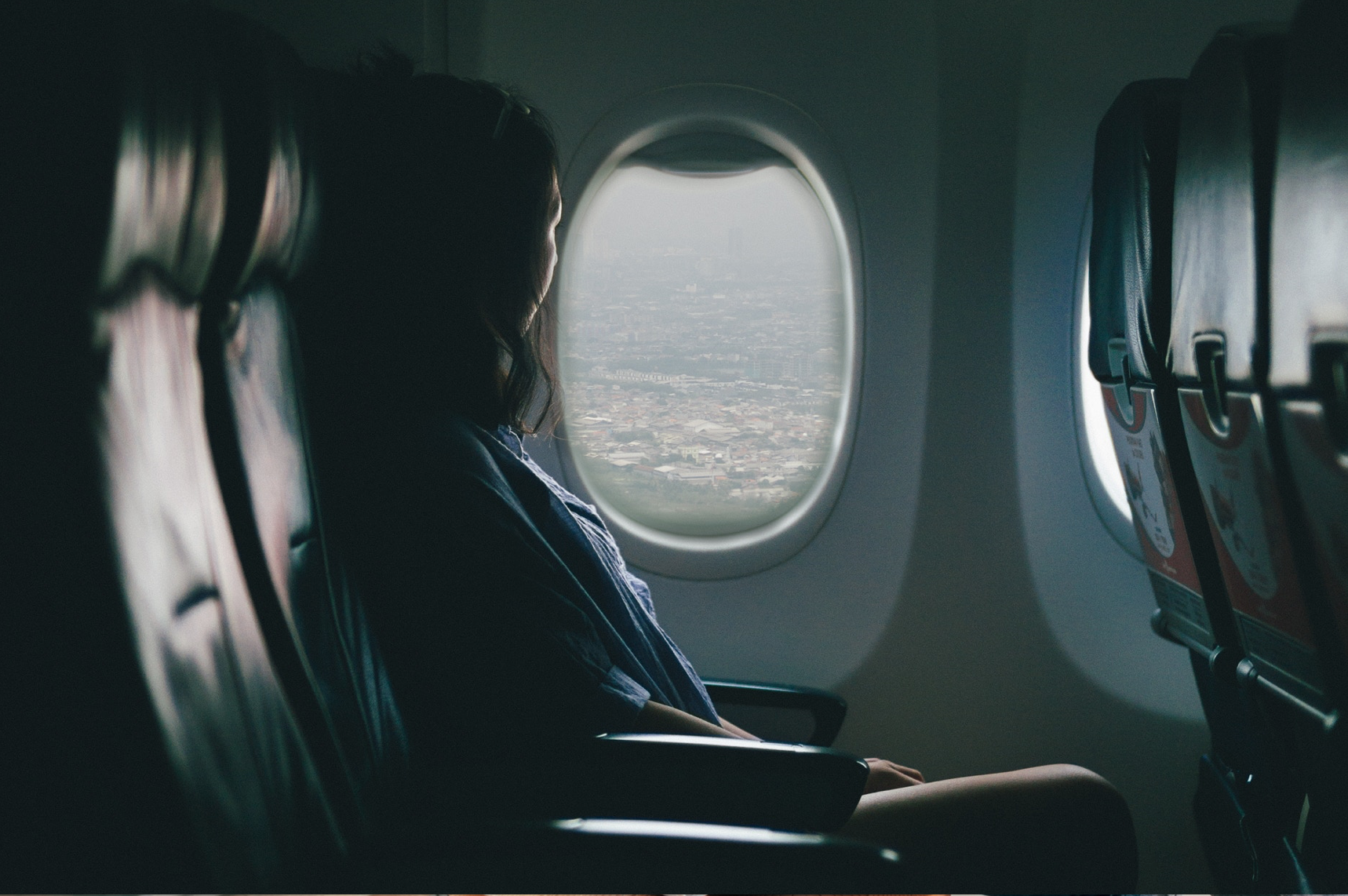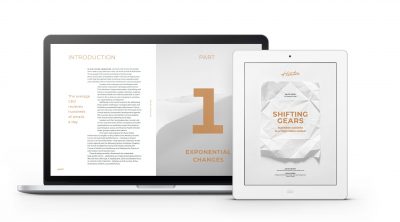In-Flight Flow – How switching off can boost your performance

In today’s hyper-connected world it can be difficult to find time for work that demands quiet and concentration. Many people, myself included, find air travel one of the last places of welcomed unconnectedness. What would it take to recreate the productivity boost of working in an airplane?
The captain turns on the fasten seatbelt sign. I stow my bag under the seat in front of me, turn my mobile phone on flight-mode, and put my seat in an upright position. For the next couple of hours, I am in control of my own time.
As a frequent flyer, I have always found airplanes to be a particularly productive environment. No phone calls, no emails. Room for creativity, focus, undivided attention – a state of flow at its best. Being offline is a luxury in a world where CEOs receive 200-300 emails per day, and an average office worker is interrupted every 11 minutes. Research suggests that having your mobile phone next to you, even when it’s turned off, impairs cognitive function.
How do you distribute your cognitive work?
At Hintsa we speak of cognitive gears. You can read more about the whole idea from our recent white paper, but in short, knowledge workers tend to spend most of their time working in middle gear, multitasking and shifting between quick tasks. This is said to eat up to 40% of our productive time.
To be able to perform at peak potential, we should reserve more time for high cognitive gear with deep focus and undivided attention to the task. This state of flow is characterised by time distortion, total absorption, merging of action and awareness. But equally important is the low gear characterised by rest and time for your brain to recover and your mind to wonder. This idle time is essential for creativity and memory consolidation, among others. For me, the airplane is a perfect environment for both the high and the low gear.

I particularly enjoy take-off and landing. I look out of the window, close my eyes, and switch off. When I worked as a management consultant, I developed the skill of falling asleep to the seatbelt sign and waking up at cruising altitude, ready to fire up my laptop after a power nap. Sometimes I might use an entire inbound flight to recover from a long day. Nestled in my seat with noise-canceling headphones and my eye-mask on, I drift away waking up only to the gentle nudge of an amused flight attendant in an empty plane.
Recreating the in-flight flow state
While wonderful for deep focus or idle time, flying is not particularly known for its health benefits. Sleeping in airplanes is not exactly optimal ergonomically, your immune system is under attack, prolonged periods of sitting still are associated with risk of cardiovascular disease, and flying across time zones disrupts your circadian rhythm.
Frequent flying can indeed be associated with potential long-term health consequences. So I have come to wonder, could we recreate this time and space for creativity and focus on the ground and what would it take? Setting your mobile phone on airplane mode and turning off notifications is possible also in an office environment or at home. My personal favourite tricks for good flow also include scheduling time for breaks to switch off. Set your default meeting time to 45minutes and use the 15 minutes to look out of the window – or a power nap. Next time you find yourself stuck in middle gear at the office, use these simple ways to boost your performance.



